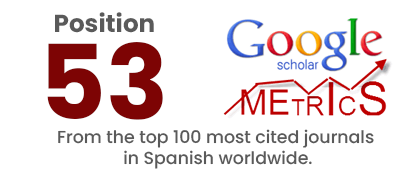The «Rank-Size» Model As A Tool To Assess And Forecast Sustainable Development Of The System Of Cities In A Region
DOI:
https://doi.org/10.36097/rsan.v0i34.1187Keywords:
rank-size, policy of urban alignment, large-scale approachesAbstract
The article deals with the most serious problems of formation and development of the system of cities in the territory of the Russian Federation. The analysis of dynamic changes of city systems using the law "rank-size"is carried out. The author comes to the conclusion that the specific failure of the policy of urban alignment in formulating strategies for economic development of regions in the second half of the twentieth century indicates the need for large-scale approaches to solving the problem of balanced growth of urban systems that ensure sustainable economic development of regions and the country as a whole.
Downloads
References
Gabaix, Xavier. Zipf’s Law for Cities: An Explanation. Quarterly Journal of Economics 114 (3): 739–67 (1999).
Kali R. The city as a giant component: a random graph approach to Zipf's law. – Applied Economics Letters 10: 717-720(4), 2003.
Axtell, Robert L. Zipf distribution of US firm sizes. American Association for the Advancement of Science (2001).
Zipf G.K. Human Behavior and the Principle of Least Effort. – Addison-Wesley Press, (1949).
Zanadvorov V. S., Zanadvorova A. V. The city’s economy: textbook/ V. S. Zanadvorov, – M.:Master, (1998).
Starovoitov M. K. Medvedeva L. N. Using a systematic approach to managing urban. – Economic revival of Russia. 2007. №2 (12), 39–43.
Federal service of state statistics in the Republic of Tatarstan. URL: http://tatstat.gks.ru/wps/wcm/connect/rosstat_ts/tatstat/ru/statistics/population/
Mironova M.D. Investigating the development of cities in the territory of the Russian Federation / Ekonomicheskoye vozrozhdeniye Rossii. 2010. № 1 (23), 82-88.


















